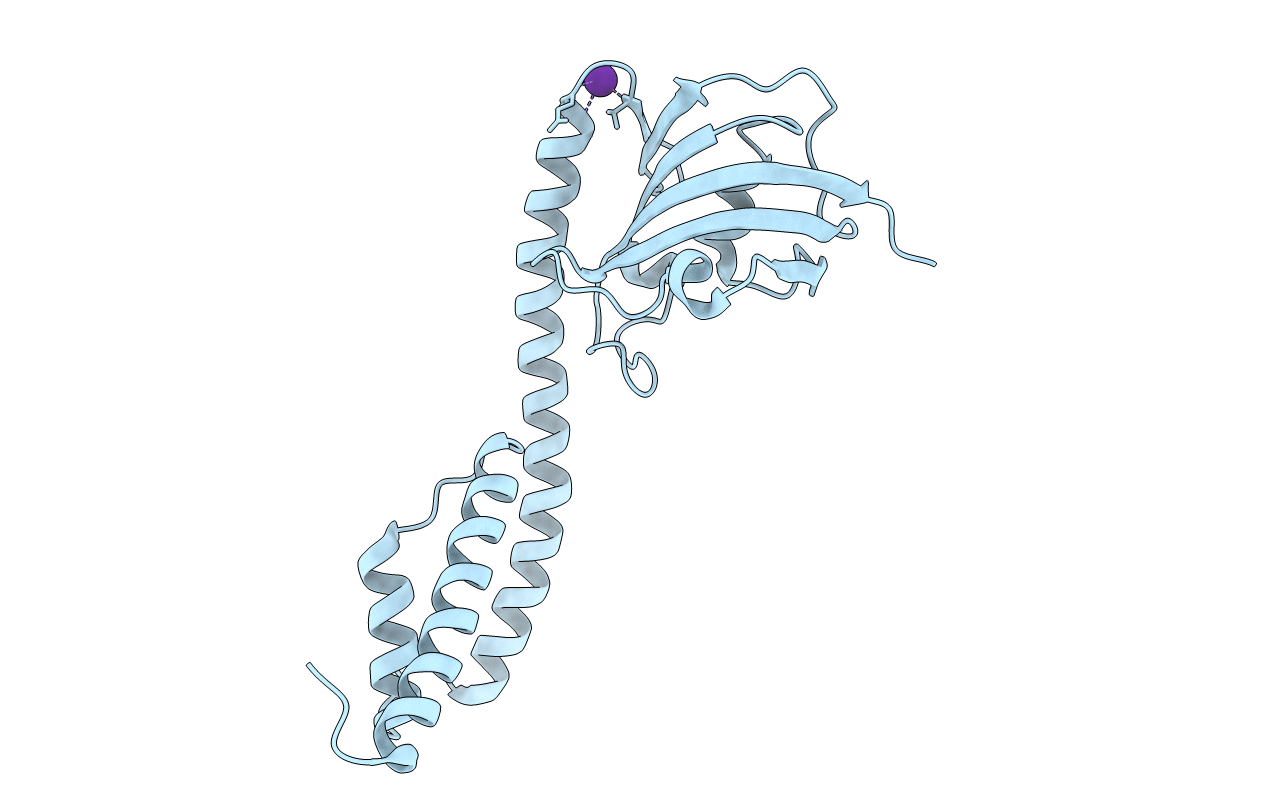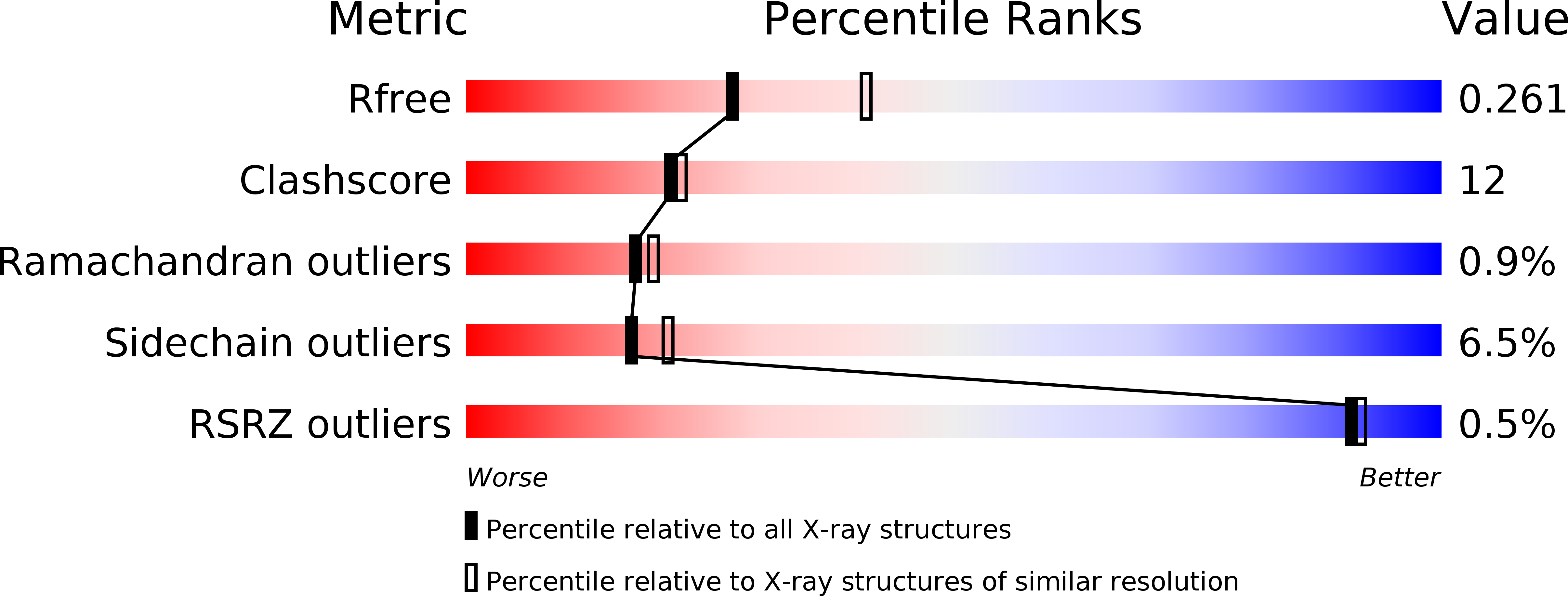
Deposition Date
2003-08-14
Release Date
2004-01-13
Last Version Date
2023-08-16
Method Details:
Experimental Method:
Resolution:
2.45 Å
R-Value Free:
0.27
R-Value Work:
0.21
R-Value Observed:
0.21
Space Group:
C 2 2 21


